Mitchell Toy on the day a Japanese seaplane flew over Melbourne
EARLY one morning in 1942 an unfamiliar plane flew low over Melbourne taking a look at factories in the western suburbs. Nervous residents clearly saw the emblem emblazoned on the plane’s side — the unmistakable rising sun of the Empire of Japan.
VIC News
Don't miss out on the headlines from VIC News. Followed categories will be added to My News.
IN the early morning of February 26, 1942, an unfamiliar plane flew low over Melbourne.
Fitted with floats so it could take off and land on water, the plane approached the mouth of the Yarra from the south, having made a turn at the Point Lonsdale lighthouse.
The pilot careened the aircraft over the Yarra at 300m, took a look at factories in Melbourne’s west and even made it to Laverton air force base where several RAAF personnel spotted what a few nervous residents had seen clearly emblazoned in the plane’s side — an unmistakably red circle, the rising sun of the Empire of Japan.
MITCHELL TOY’S STUNNING FOOTBALLER HEROES OF YESTERYEAR SERIES
GOLD COINS STOLEN IN SHIP ROBBERY COULD STILL BE HIDDEN IN VIC
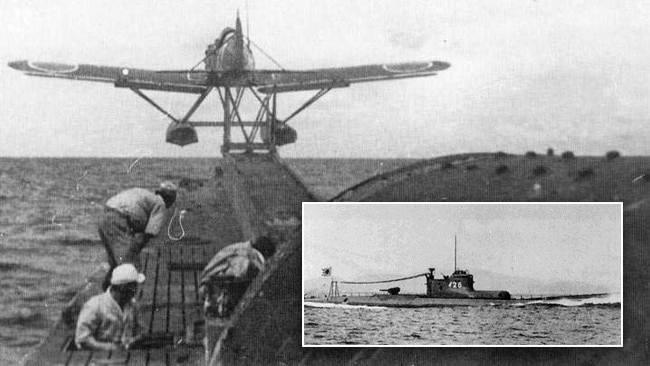
Despite local aircraft scrambling to engage the small plane, its Japanese pilot quickly wound up the daring reconnaissance mission and flew back to Bass Strait where an even stranger plan was in play.
The plane landed on the water next to a Japanese submarine waiting at the northern tip of King Island where it was disassembled and taken aboard.
Then the whole thing — plane, pilot, crew and all — slid back beneath the water and escaped.
MITCHELL TOY ON THE ASTOUNDING LIFE OF BUSHRANGER CAPTAIN MOONLITE
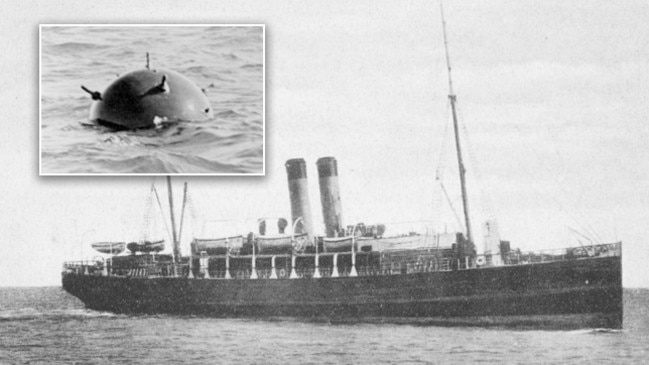
Along with a bird’s eye view of Melbourne, the Japanese enemy also flew over Sydney and Hobart in the days surrounding the raid.
Long considered a corner of the globe untouched by the manifold horrors of WWII combat, Bass Strait and the coastline of Victoria was the stage of a hidden strategic war.
Before the bombing of Darwin and the attack on Sydney Harbour by Japanese submarines, Victorian waters had been peppered with German mines and was scoped out by Japanese intelligence.
The lurking enemy became so evident the a secret plan was hatched to detect the axis powers — so secret that few of the people involved ever talked about it.
THE HIJACKED SHIP, GERMAN SEA MINES AND U-BOAT PATROLS
In 1940 a German merchant vessel carrying fuel bound for Victoria approached Australia’s western coast.
The German navy took the advantage and hijacked the ship, renaming her Passat.
But instead of changing her course, the Germans continued to Bass Strait where they helped another ship, Pinguin, lay about 100 deadly sea mines, some close to Apollo Bay.
The minefield soon claimed its first victim — the British ship SS Cambridge off Wilsons Promontory, with the loss of one life; 55 of the 56 crew escaped in lifeboats.
Less than 24 hours later another mine off Cape Otway saw the sinking of the first US ship in the war.
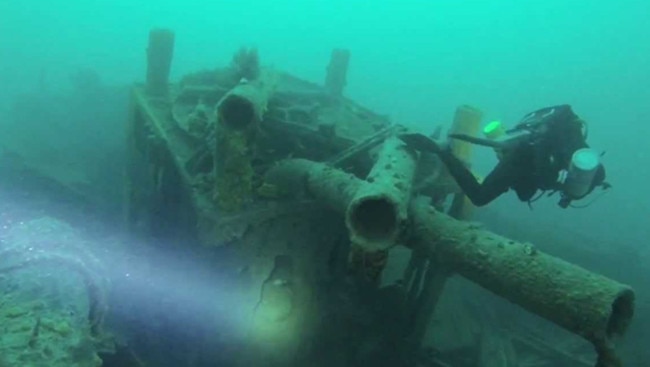
As MS City of Rayville entered Bass Strait she hit a mine, with the blast strong enough to punch a large hole in her side and take down a mast.
Preceding the Pearl Harbor attack by 13 months, the sinking resulted in the first death of a US seaman in the war — a crew member who returned to the vessel to retrieve belongings and drowned.
Surviving crew were picked up by civilian boats that left from Apollo Bay and were aided by local residents.
Some of the American sailors later signed a letter to Prime Minister Robert Menzies thanking him the Australians’ kindness and stating: “Since the time of our rescue by the fishermen of Apollo Bay, through our stay at the Ballarat Hotel at Apollo Bay, and since our arrival in Melbourne, we have received every consideration and courtesy from our Australian friends.”
MITCHELL TOY ON HOW A BET STARTED A WINTER OLYMPICS TRADITION
The wreck of the City of Rayville was discovered by a diver in 1997 and later documented by Deakin University researchers.
Later in the war when the German U-boat fleet was prowling the seas, Bass Strait was a thoroughfare for deadly submarines.
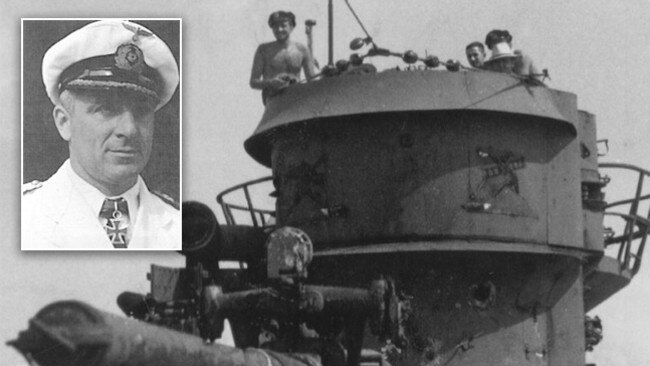
They included the prolific U-862 captained by German ace Heinrich Timm, which departed Jakarta in November 1944 for a three-month spree in Australian and New Zealand waters.
The U-boat attacked several ships and sunk the SS Robert J Walker off NSW on Christmas Day 1944.
A popular legend in New Zealand states the U-boat captain ordered crew ashore to steal supplies from a Kiwi farm.
Some theorise the Germans came so close to the Victorian coast they may have secretly come ashore to seek water and food.
But the full extent of the axis powers’ penetration may now be lost to time.
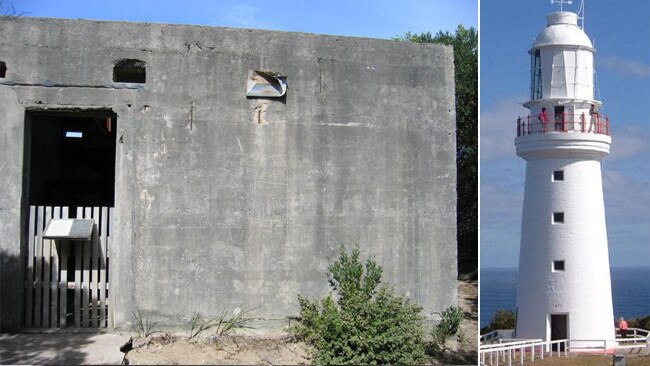
THE SECRET LIGHTHOUSE BUNKER
Even before the laying of mines and destruction of ships in Bass Strait, leaders in Canberra knew the vast coastline would be a soft target for the enemy.
In response, 124 radar stations were dotted around the country and on Pacific Islands starting in 1939.
HOW A PLAN WAS HATCHED TO MAKE MONASH DICTATOR OF AUSTRALIA
In Victoria they included bases at Gabo Island, Wilsons Promontory, Metung and a specialised bunker next to the Cape Otway Lighthouse.
The 50 or so RAAF personnel who manned the ultra-secret Cape Otway post over four years collected data and transmitted it to a secret analysis centre in Preston.
The operators took their task so seriously that they kept it secret even from close family members.


